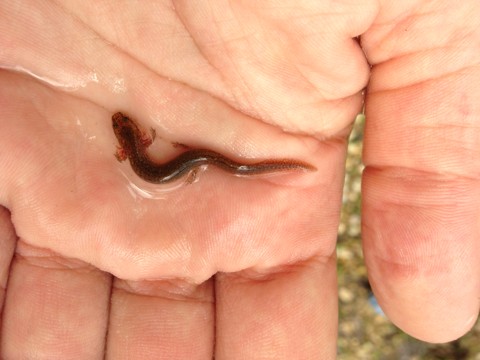Valdina farms salamander
A species of Brook salamander, Also known as Sinkhole salamander Scientific name : Eurycea troglodytes Genus : Brook salamander
Valdina farms salamander, A species of Brook salamander
Also known as:
Sinkhole salamander
Scientific name: Eurycea troglodytes
Genus: Brook salamander
Content
Description General Info
Description
The Valdina Farms salamander (Eurycea troglodytes) is a species of aquatic salamander described from Valdina Farms Sinkhole in Medina County, Texas, United States. It is sometimes referred to as the Valdina blind salamander or sinkhole salamander. As some other species of Eurycea found in Texas, it was once classified as a subspecies of the Texas salamander, Eurycea neotenes, and believed to possibly be the result of hybridization with another species of
General Info
Lifespan
15-20 years
Diet
Valdina farms salamander predominantly feeds on aquatic invertebrates, such as insect larvae, and small crustaceans. It captures prey using a sit-and-wait method, illustrating its opportunistic feeding habits.
Appearance
Valdina farms salamander is a small cave-dwelling salamander, measuring 4-5 inches in length. It has a slim, elongated body, and lacks lungs, breathing through its moist skin. Most distinctive are the animal’s four limbs ending in tiny digits, a long tail, and its pale, almost translucent skin. The species has fewer age or gender-related visual variations, maintaining a consistent appearance throughout its lifespan.
Behavior
Valdina farms salamander are troglophilic, meaning they are adapted to living in dark, damp caves. Highly specialized, they lack pigmentation and eyes, relying on non-visual cues. Typically solitary, they interact minimally except during mating season. They forage for small invertebrates within their subterranean habitats.
Scientific Classification
Phylum
Chordates Class
Amphibians Order
Salamanders Family
Lungless salamanders Genus
Brook salamander Species
Valdina farms salamander 